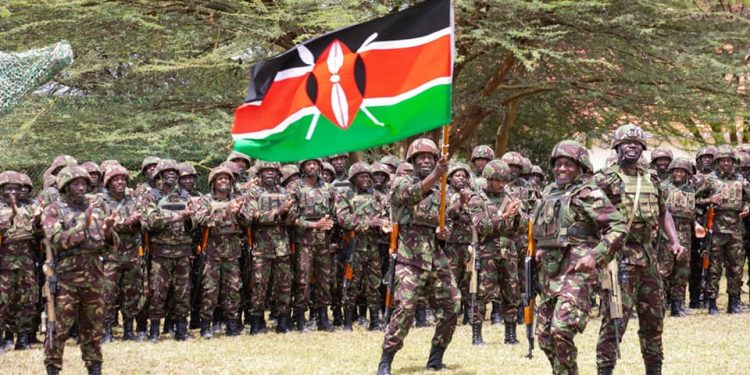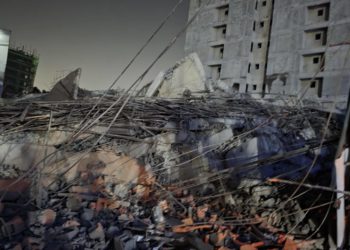Kenyan forces serving in the Democratic Republic of the Congo (DRC) under the United Nations Organization Stabilization Mission (MONUSCO) have been lauded for their professionalism and preparedness, following a recent Operational Effectiveness Inspection (OEI). This inspection is a routine assessment conducted to evaluate each contingent’s capacity to fulfill the mission’s mandate of supporting peace and stability in the region.
The latest OEI, completed on November 7, 2024, focused on the Kenyan Quick Reaction Force (KENQRF 4), with assessments covering key areas such as training, operational readiness, communication systems, welfare, and adherence to MONUSCO’s mandate and code of conduct. This inspection included theoretical evaluations as well as practical exercises, all designed to ensure that the peacekeeping force can effectively respond to threats and maintain stability.
Leading the inspection were Lt Col Walter Rosa Barbiza and Maj Gouravendra Pratap Singh Parmar from MONUSCO’s Force Headquarters in Goma. According to a statement from the Kenya Defence Forces, the inspection saw Kenyan troops successfully demonstrating core mission skills in areas like camp defense, patrols, and medical evacuation. Their performance underscored their commitment to MONUSCO’s primary objectives, which include civilian protection, disarmament initiatives, and broader security reforms within the DRC.
“Your preparedness and dedication to the mission are commendable,” remarked Lt. Col. Rosa, who encouraged the troops to continue refining their capabilities and knowledge.
Lt. Col. Simon Seda, commander of the Kenyan contingent, praised his team for their commitment and encouraged them to keep advancing their operational expertise.
In a related development, Maj Paul Chacha, the outgoing Officer Commanding Kenya Signals II Company (KENSIG II Coy), along with Maj Stephen Otieno, his successor in KENSIG III Coy, met with MONUSCO’s Acting Force Commander Maj Gen Khar Diouf. Maj Gen Diouf expressed gratitude for the Kenyan signals team’s contributions, particularly in providing critical communication support during both routine and urgent operations.


















